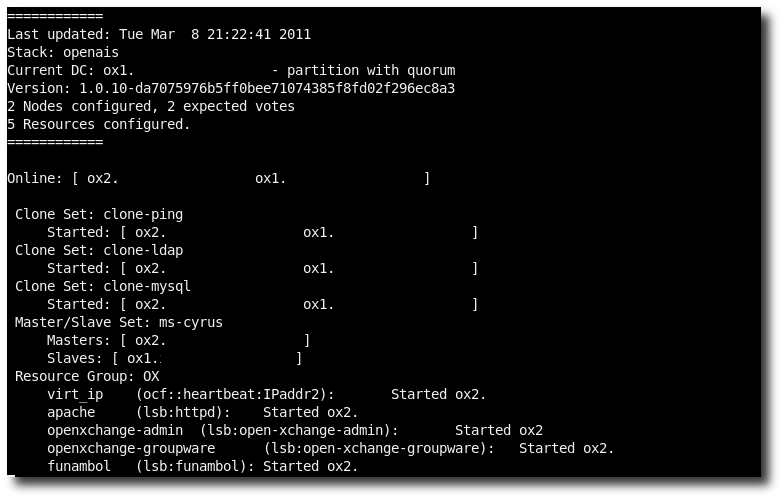Puppet and 64bits packages

Since I use puppet to manage my machines (and the machines of customers), I noticed that I had more packages installed then before, I noticed also obviously the same behavior in packages to update and bandwidth consumption during updates.
I realize that on 64bits machines, most of the time, the 32bits version of the packages managed by puppet were also installed.
This is what I did in my recipes before:
package { "corosync":
ensure => "installed",
require => Yumrepo["clusterlabs"];
}
This kind of package declaration installed then the two version of the package, in this case corosync and the dependencies too.
To avoid this I added the fact hardwaremodel and used the alias to keep my recipes consistent:
package { "corosync.$hardwaremodel":
ensure => "installed",
alias => "corosync",
require => Yumrepo["clusterlabs"];
}
Hope this could help people having noticed the same behavior... or not :-)
 Most of the needed steps are put in some puppet recipes to help the provisioning (you can find them on
Most of the needed steps are put in some puppet recipes to help the provisioning (you can find them on 